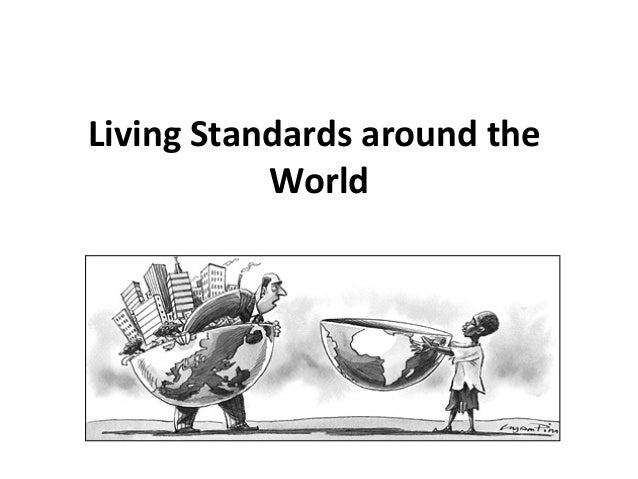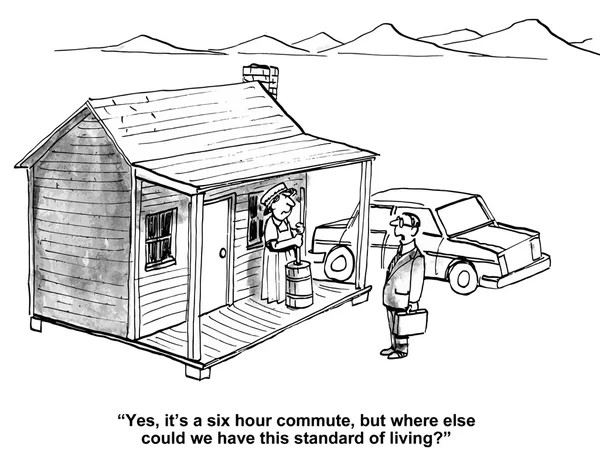
Flight Capital by David Heenan seeks to warn of an increasing exodus of human capital out of the United States. Heenan draws upon first-hand accounts to make his case that, compared to previous years, more immigrants to the United States are choosing to return to their country of origin later in life or not immigrate to the States at all. Those who do come to the US utilize our education system, build a network in the United States—giving them access to capital and labor—markets, and harness their managerial experiences from working in US companies to start competing businesses back home. Capitalism tells us this is a good thing. Competition reduces costs and increases the standard of living for consumers. However, the worry is this is not a free market. To their own advantage, many of these countries limit foreign investment and do not enforce intellectual property rights.
The stories compiled reinforce the central theme that the US is losing access to more engineers, mathematicians, and scientists than in the past. When this book was written in 2005, India was spending roughly $1.2 billion every year to send Indian students to the States for an education. As more universities are set up in India, Heenan argues fewer and fewer workers will come to the US. This will eventually stymie growth in the US without access to physicists, computer scientists, and mathematicians. These types of jobs come with higher earning power for citizens and are predicted to be what countries will need in the long-term to provide higher standards of living to their citizens.
The irony is that as a country experiences the benefits of higher standards of living, their cost of capital increases. As Singapore has grown, it has needed to invest in China and India to magnify returns. This also has magnified their regional risk since they are already highly dependent on exporting within the region. Countries which once benefited from the exodus of know-how are now experiencing the reverse. More and more countries have begun trying to entice the best and brightest to live in their cities. They provide tax subsidies, market a better standard of living, and offer higher positions to attract those with know-how due to the lower supply of similar experts in-country.
So what can be done?!
The final chapter discusses what can be done to stem the brain drain from the United States. Reforming immigration through a point system, reforming public education, and encouraging dual loyalties and national service are given roughly a page and half each. Unfortunately, despite this book being written in 2005, not much progress has been made in the immigration debate.
My opinion:
All in all, I found the topic interesting but the book difficult to immerse myself in. Each chapter focuses on a different country but reiterates the same points repeatedly. This made for a disjointed and at times overly repetitive read, which failed to hold my interest. The primary source examples provided context into personal experiences of individuals interviewed but may not have been representative of those returning to their country of origin as a whole. Those interviewed typically were leaders in their field and, likely, received more incentives during the recruitment process than would less accomplished workers. I would have liked to read accounts of immigrants who had not achieved as high a status in their field and who might be more representative of the average experience.
The author attributes much of the human capital outflow to premeditated decisions of loyalty and preference for one’s home country. The incentives and marketing home countries utilize to lure brainpower back to their country of origin seemed oversimplified by the author. Discussion of the limited resources of other countries, especially capital markets, for starting new ventures appeared throughout the chapters. Often, the state appeared to be allocating resources instead of the market. Despite trying to jumpstart similar markets in their own country, the reliance on state controls will inevitably leave the countries poorer off.
The chapters used little in the way of statistics and charts to reinforce the central argument. When numbers were provided, the numbers lacked a clear benchmark to illustrate magnitude. It would have been interesting to compare total expenditures of government recruitment programs compared to the total number of recruits, as well as the total estimated economic benefit each recruit provided.
The chapters followed a similar pattern of sharing successes of each country in their efforts to recruit highly skilled people back from the US and ended with the barriers to continued success in recruitment. It is a difficult topic to encapsulate and the book does a good job of highlighting counterarguments as to why there may not be so much cause for alarm. These counterarguments were spread throughout and could have been made into a chapter of their own, concerning various barriers that prevent immigrants to the US leaving.
Though alarmist in nature, the true value in Flight Capital comes from understanding the various programs other countries employ in their search for more qualified human capital. Even assuming the US must now compete more for highly educated workers, often the countries we compete against are starting from a weaker position and it is the United States' game to lose. As one interviewee in the book stated: "I felt incredibly privileged to live and work in the States. I was never treated like a foreigner. America is extraordinarily generous if you have something to contribute" (Kari Stefansson with deCODE Genetics).





No comments:
Post a Comment